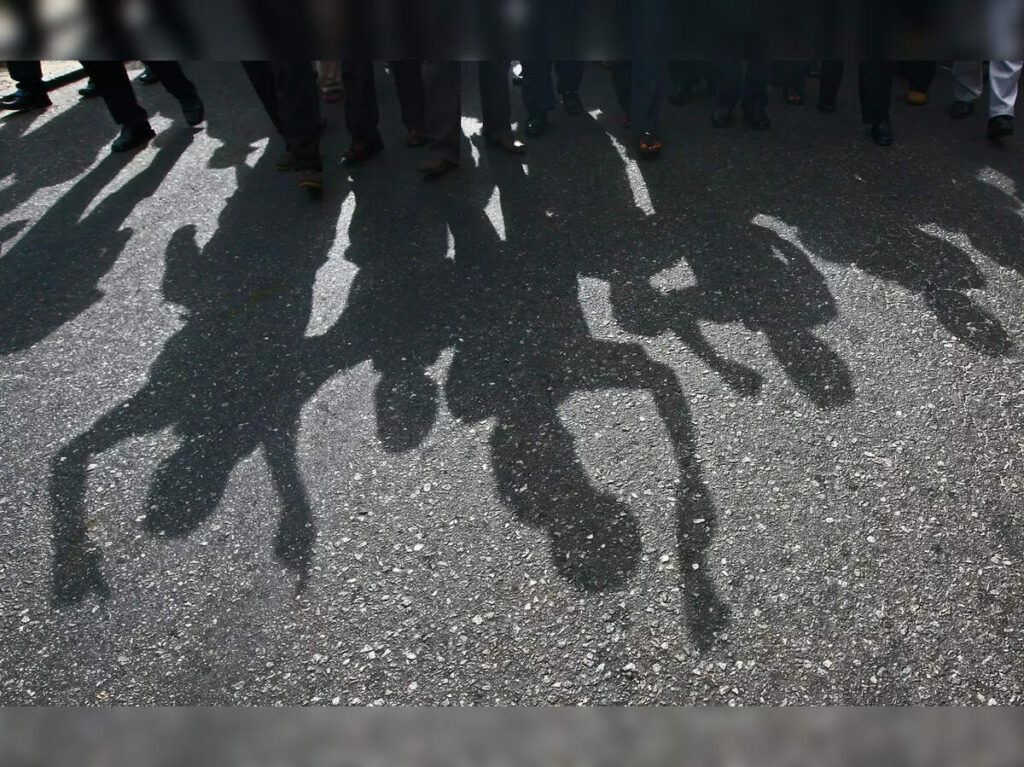By Krishna Jha
It is about a report on 423 criminal cases registered against 427 scribes spread over 28 states and Union Territories of India. It has a database also that analyses information on 423 criminal cases, between 2012-2022. It seeks to bring light on the offences most used against journalists, the reporting that led to the cases, and the journalists’ experience of the criminal justice system. The study was conducted by the National Law University in Delhi in collaboration with the Clooney Foundation for Justice’s Trial Watch initiative and the Human Rights Institute at the Columbia Law School.
In our country, there is freedom for media guaranteed under the Constitution, and Supreme Court has stressed on the importance of journalists being able to do their jobs without the threat of reprisal. Despite the securities promised, the journalists are always under the threat of criminal laws. They have to face charges for reporting on public officials, which is significant for a journalists’ job. A country cannot be run without the honesty of bureaucracy and that is something more often missing. This has its role as the scribes have to get at the helm of the affairs, but it has become a challenge as state apparatus itself is not always prepared to face it. Any initiative in this direction have been devastating for the work and also the lives of the journalists and also on the constitutional right of freedom of expression in general and press freedom in particular.
As part of this project, 48 journalists were interviewed, reflecting a representative cross-section of the journalists in the broader dataset. Based on these interviews, the report looks at what are the inevitable fallouts along with the impact on their lives and on their families and the profession itself.
The reality that is reflected through the data signals, speaks mostly about the horrors the journalists face. At least forty percent of the journalists selected for study are in jail. Those in small cities and in remote towns and rural areas are really bearing the brunt. There are those also reporting for local publications, in Hindi or other local languages, whose cases often did not receive national or international media attention. While many of the most-commonly-charged offences entailed a potential sentence of less than five years in prison, the wording of these laws is so vague and broad that they can be readily interpreted against the press, involving journalists in the criminal justice system.
Importantly, almost every case in the dataset invoked multiple offences. In fact, close to 90 per cent of the incidents in the dataset included more than one offence, indicating that the authorities concerned do not generally carefully consider the offence to be applied to the allegedly ‘criminal’ activity of the journalist, but rather slap a wide range of offences against them, creating a further chilling effect. Moreover, the allegations against the journalists are often in relation to their conduct while reporting, in addition to the content of the speech—a tactic witnessed in over 100 incidents in the dataset. And the data suggests that the authorities may not differentiate between coverage of a protest and participation in it.
Moreover, the apparent legal harassment found in the dataset was not only widespread, but deep. Of the 427 journalists who faced criminal action, 60 had more than one case filed against them, with 36 journalists facing multiple cases for the same incident.
The report has found significant delays when the case starts. This happens at each stage of a case, with the result that the ‘process is the punishment’ for journalists across Indian states. Out of 244 cases, for which the data on the status of the case was collected, more than 65 per cent had not been completed as of October 30, 2023; in fact, the police had not even completed their investigation in 40 per cent of these cases. And only 16 cases (6 per cent) saw a concluded trial—ending in conviction or acquittal.
Yet, the registration of the case itself had harsh impacts on journalists and their loved ones—the possibility of arrest, intimidation by the police or politicians, as well as social stigma. Journalists reported losing career opportunities and being trolled and ostracized by those around them. One journalist said, “My daughter faced severe bullying in school. For nearly 2 years, they would mock and humiliate her.”
Cases against journalists in India do not, however, always take the same course. For instance, defamation charges, which are prosecuted privately rather than by government authorities, are more common against journalists in larger cities and against investigative journalism. Offences against public servants are more common in smaller towns and are invoked in relation to journalists’ on-ground news-gathering activities. Further, offences geared at limiting disruptions to public order are used against national-level journalists, as well as against digital media or social media, presumably because of their larger audiences and the concern that what they said might ‘go viral.’
The cases have profound ramifications for journalists’ ability to continue to do their crucial work. One journalist had said, “My family was deeply harrowed by my absence [following his arrest], especially my little children who were so worried. Cases like these don’t just target individuals; they tear families apart. Ultimately, they make you beg on your knees.” (IPA Service)

 Donald Trump Now Talking Of Golden Dome To Protect U.S. Citizen’s Security
Donald Trump Now Talking Of Golden Dome To Protect U.S. Citizen’s Security 